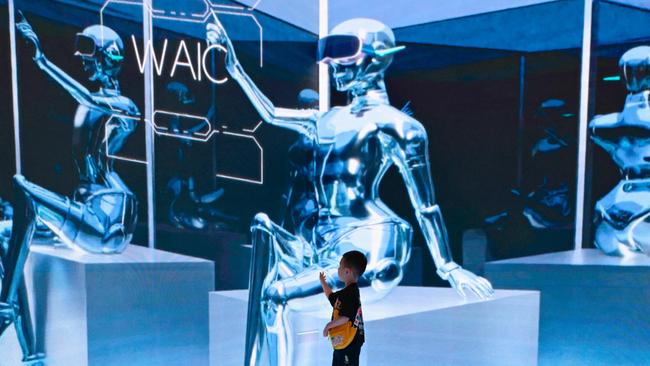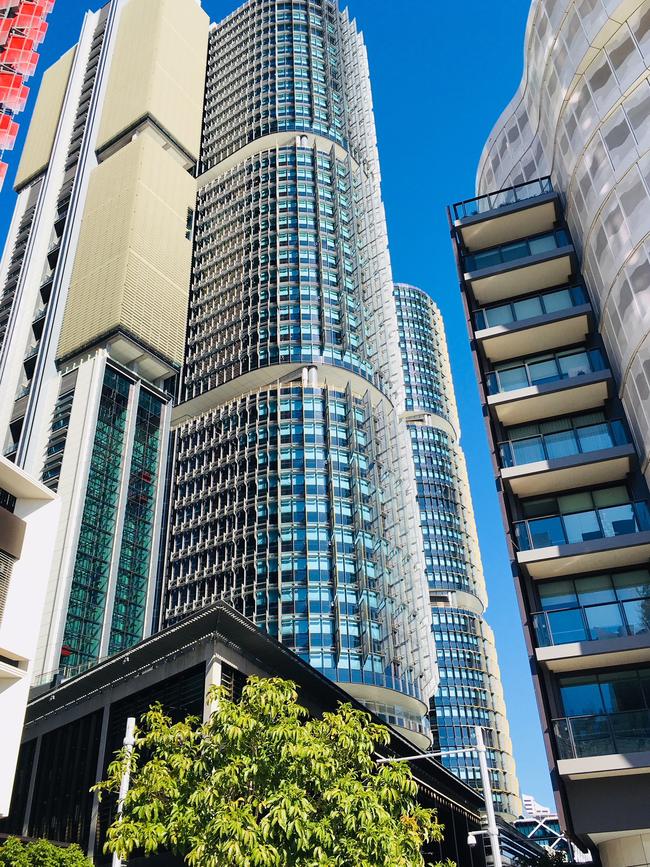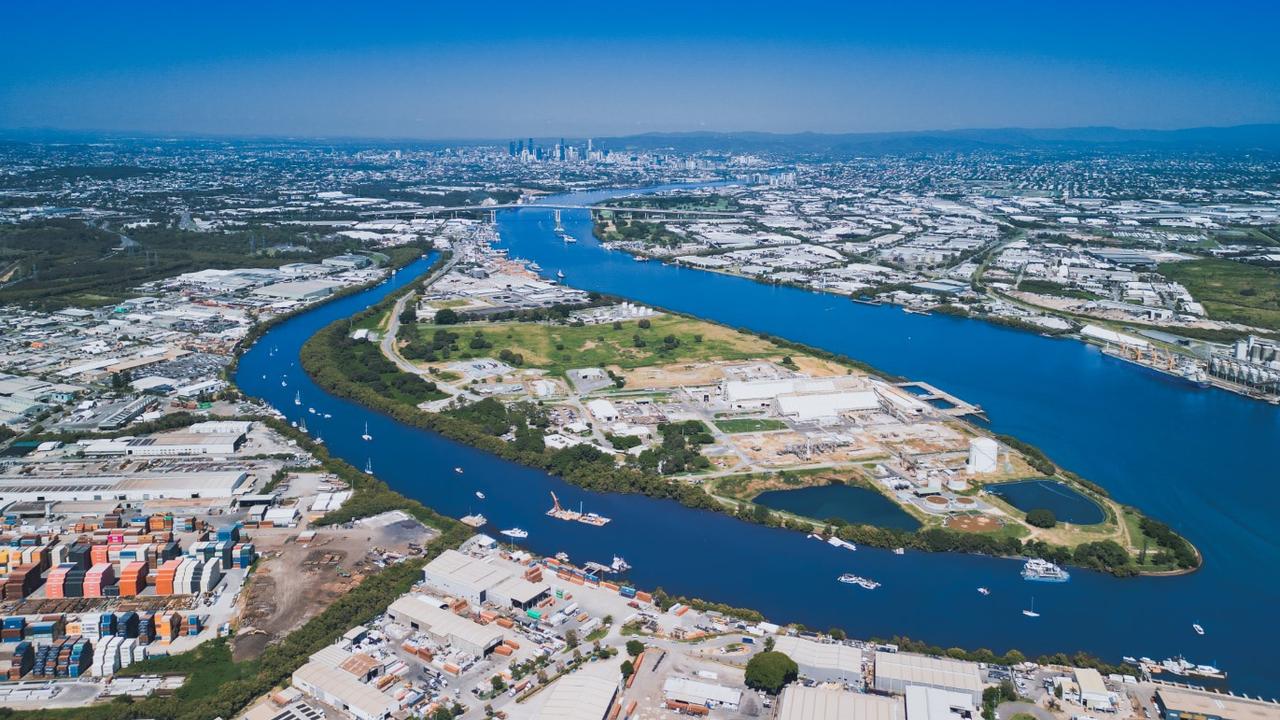Can offices be saved? AI to the rescue!
The switch away from offices could be reversed by an unlikely ally. The more AI infiltrates our lives and jobs, the more time we will actually spend with other humans.

No property class feels long-Covid more than offices. Should we abandon offices as an asset class? Should we board up our office towers and let nature take over? Not at all. Things won’t improve for commercial property just yet, but recovery is in sight. The most unexpected driver will propel offices back to success. More about this soon but first let’s recap why offices are doing terribly at the moment.
The story begins with decades of boom times for offices as the Australian economy transformed from its industrial base into a knowledge economy. Not only did the national workforce grow in size but most new jobs were office-based. We couldn’t build enough towers in our city centres for all these new working bees. Great times for anyone working in commercial property. Along comes the pandemic and ruins the fun.
During the lockdowns even the most reluctant bosses were forced to trust their staff to work remotely. By dumb luck we had the digital infrastructure in place to cope with these lockdowns. The NBN was up and running, workers already had laptops, and software to collaborate digitally was advanced and dirt cheap.
Turns out workers quite liked working from home. In times of record low unemployment forcing staff back to the office can only worsen staff retention rates.
Millennials (born 1982-99) are by now the biggest cohort in the workforce. Millennials procrastinated and didn’t start families until they reached their mid-thirties. Now they are leaving their inner-city apartments for houses on the urban fringe. Their motivation to commute couldn’t be lower.

The move away from the office happened just after we built the most impressive office towers ever. Barangaroo and the Docklands feature marvellous offices with great energy ratings, wonderful end of trip facilities, and gorgeous views across our cityscapes. Now many of these spaces stand empty, the lack of workers hurts the local hospitality and retail ecosystem, as well as stakeholders in the office towers.
We can understand the reflex of property owners, investors, retailers, local mayors, and bosses to force staff back into the office. Enough working from home. After all, the pandemic is over for all intents and purposes. Time to come back into the office, time to go back to the prosperous pre-pandemic way of operating.
I am afraid the stick approach is doomed to fail here. Bosses don’t have the same leverage they once did. It is now workers, not jobs, that are in short supply.
The current skills shortage was of course impacted by the pandemic. In the first year of the pandemic, instead of taking in around 200,000 net new migrants from overseas, we lost 90,000 migrants. That outflow of workers helped to drive unemployment to record lows.
The skills shortage would’ve occurred even without the pandemic interruption though. The lack of workers is simply baked into the demographic pie. The large Baby Boomer cohort (born 1946-63) continues its transition into retirement over the next decade. That’s nothing new, previous generations also retired. What’s new is that a smaller generation (Gen Z born 2000-17) enters the workforce at the other end. Big cohort out, small cohort in. As if this wasn’t bad enough, the huge Millennial cohort continues to make babies for the next decade, meaning they leave the world of work temporarily.
Even under a high-migration regime of about 235,000 net new migrants per year the skills shortage will remain.

Forcing staff back into the office in such an environment all but guarantees you to lose staff to more flexible employers. Just look at how difficult it is in the US to force people to give up their guns. Once a right has been granted it’s hard to revoke.
Plus, working from home works just fine.
Staff rightly argue that they are just as productive when working from home. Productivity in white collar jobs is impossibly hard to measure. We know that staff work longer hours when at home. That’s a decent proxy for productivity.
Many work tasks simply don’t require you to be in an office. Writing emails, making phone calls, pushing boxes around in PowerPoint, programming, or reading are best done in the peace and quiet of your home. No need to commute for that.
So, no need to ever go into the office then? No, we already realised that for most jobs a purely remote set-up isn’t sufficient.
Team culture and a sense of belonging require some face-to-face time. Not as much as I expected though. I was surprised to read that people coming to the office one day per week feel just as loyal to the organisation as people that make the commute on five days. If that sounds incredible think about how close you feel to your social sports buddies or volunteering mates that you see once a week for a few hours.
Wow, is one day in the office all we need? No, knowledge transfer and general learning works best in person. Onboarding via Zoom is also much less efficient. We must be in the office to learn from each other. In practical terms that means middle managers must co-ordinate when people come into the office to learn and socialise.
Collaborative and creative work tasks are also commonly better done face-to-face. Strategising, brainstorming, creative work, or co-ordination of complex projects are simply easier when everyone is in the same room.

Each job is split roughly into two types of tasks. Some tasks are technical in nature and better done at home, some tasks are collaborative and interpersonal in nature and are best done face-to-face in the office.
While office towers will continue to struggle in the short- to medium-term, the asset class is going to be stronger than ever eventually.
The renaissance of commercial property will be driven by the same forces that drove people away from the office: demographics and technology.
Australia grows by about 350,000 people per year. Even if just a relatively small share of these people goes in to the office on any given day of the week, eventually we would reach pre-pandemic levels.
Our workforce continues to grow and Australia further transitions into a knowledge economy. That’s great news for offices in the long run.
The biggest driver for people to return to the office however is AI. Sounds counter-intuitive but a tech-heavy world of work is a more interpersonal, a more humane world of work. AI speeds up many tasks. It will be faster to create charts and maps, record keeping will be sped up, and many workflows will run more smoothly. Because of the ongoing skills shortage these developments will not lead to mass unemployment.
Rather the time that we saved through AI will be filled with tasks that AI can’t snatch from us. These tasks are interpersonal in nature. The more AI infiltrates our jobs, the more time we will spend communicating, workshopping, and collaborating with other humans.
These tasks will be done, you guessed it, in offices. We will be going to offices more frequently simply because the type of work tasks dictate we go to an office.
The office of the future will be even more collaborative and open in its layout. It will likely also be a more raucous and ultimately more fun place to visit.
Due to AI the long-term future for office towers and the surrounding ecosystem is great.
Simon Kuestenmacher is Co-Founder & Director of Research at The Demographics Group



